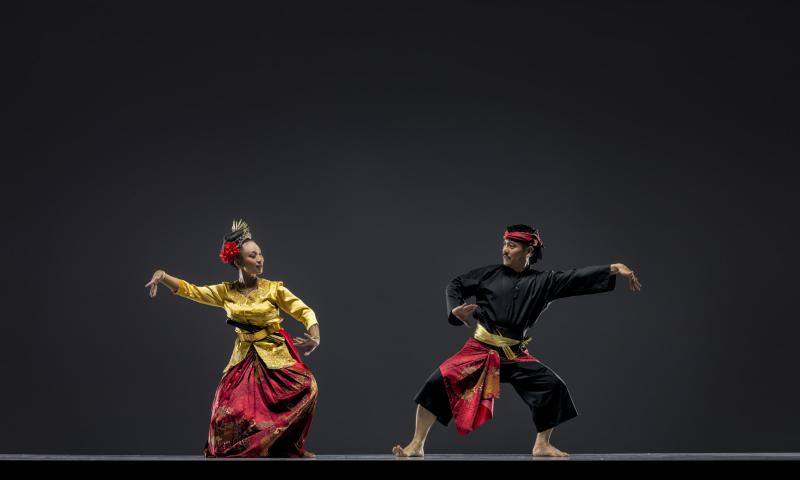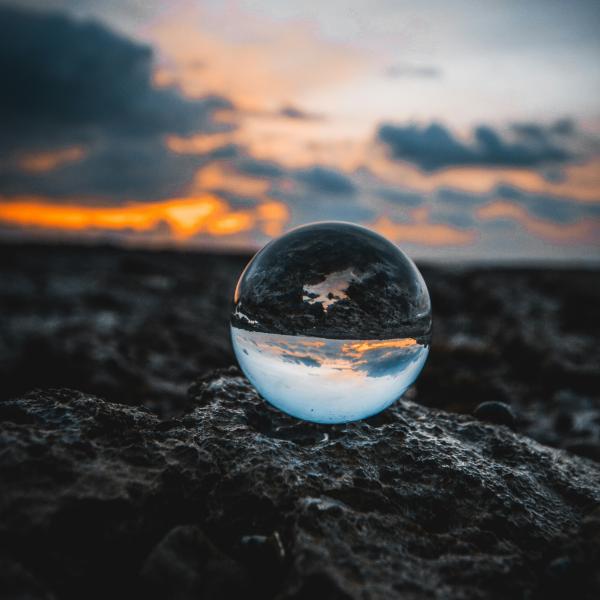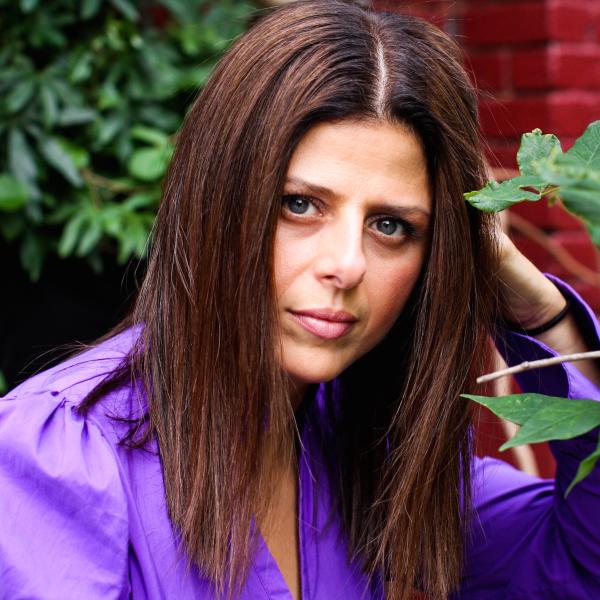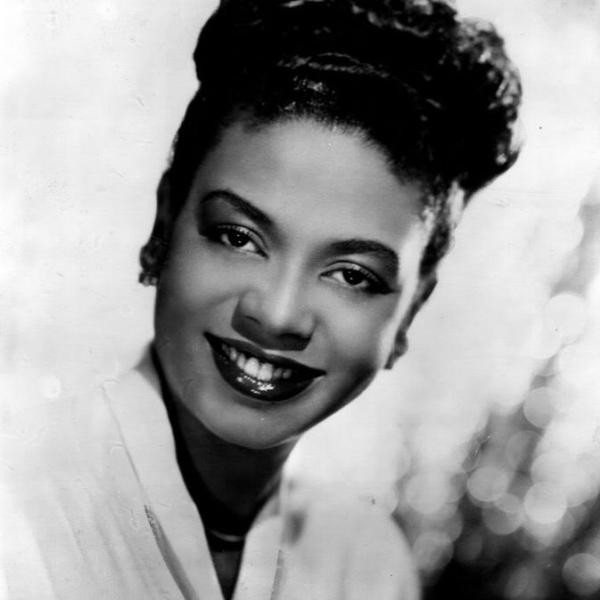Spotlight on San Francisco Ethnic Dance Festival

The artists may live in northern California, but the dance traditions they showcase as part of the San Francisco Ethnic Dance Festival come from all over the world. From Appalachian clogging to Egyptian cabaret and Eastern Indian Odissi to Brazilian capoeira, the participating artists become ambassadors sharing their traditional cultures one step at a time. As noted in the festival’s annual program book, the festival is about “ . . . continuing a dialogue about the very essence of being human, and the diverse ways that people move together in rhythm towards a common experience of community.”
Since 1982 the festival—originally founded in 1978 thanks to San Francisco’s Hotel Tax Fund—has been managed by World Arts West, one of 1,126 organizations across the country to receive an FY 2016 Art Works grant, which will support the 38th annual festival in June 2016.
The NEA had a chance to talk with Julie Mushet, executive director of World Arts West, about how she and her colleagues put together the festival and the role of dance in a sometimes fraught world.
NEA: The festival showcases so many dance artists and forms, it’s mind-boggling. How did the regional dance community become so large and diverse?
JULIE MUSHET: Many people say that the San Francisco Bay area has such a strong ethnic dance community due to the work of World Arts West and the San Francisco Ethnic Dance Festival. A really important part of the festival’s work is that most of the dancers who are sustaining companies, are going back and forth to home countries, relearning dances, and bringing them here. So there's this network of thousands of cultural ambassadors going back and forth across the world, keeping these traditions alive.
Once they come here to America, there's lots of innovation that is transforming those traditional practices into new works, a lot of fusion. One great example is a dance piece created by a Bharatanatyam classical Indian dance company, Abhinaya Dance Company of San Jose, together with a Taiko Japanese company San Jose Taiko. Many people in the audience didn't realize it was two distinct cultural traditions, the choreography was so seamless and so well-integrated, keeping the authenticity of the elements and yet totally new. Many of the dancers were younger. It is the connection to their cultural roots that they value really deeply but they want it to be new and interesting.
NEA: I understand that the auditions for the festival are as thrilling in many ways as the festival itself. Tell me how those work.
MUSHET: We mount four days of auditions, about 100 to 130 dance companies auditioning each year and 2,500 to 3,000 dancers. We try to keep the number of [evaluating] panelists to eight, so [they] have a thoughtful conversation with all voices included.
The panel room is a magical place. That process is one of the most educational experiences I've ever had. The panelists evaluate all of the auditions and write up notes. Then we type up all of the notes and give them to the dancers. Our goal is for those comments be constructive and encouraging. We want the audition experience to be of value to them.
At the end of the audition, every panelist has to decide, if only 20 dance companies can be on the festival stage this year, which are the 20 they would recommend. So then I say [to the two artistic directors], these are the 45 or 50 dance companies that we are asking you to use to program the three or four festival weekends. [The artistic directors] have to think about diversity, dynamic range, and putting together a great show.
NEA: In the project description for your NEA grant it says part of the responsibility of the artistic directors is “creating innovative transitions between dance pieces.” What are “innovative transitions?”
MUSHET: They are the transitions between dance pieces on the festival stage, we call them CCT, or cross-cultural transitions. It’s when there has to be a pause between pieces to reset the stage for technical reasons like transitioning musical instruments. The artistic directors choreograph a transition, usually a fusion moment.
For example, one year there was a Gamelan piece that had an extensive strike [taking down the stage elements], followed by a flamenco piece that also had extensive musicians and technical needs. That particular year, in both of the companies' pieces, dancers held fans. So the directors created a fan dance where the different artists were both doing their own movements but looked like they were performing the same dance. It was a nice way to see the similarities between these two cultures.
NEA: This is an interesting cultural moment in our country where among some people there is a fear of others. What role can dance play to mitigate those fears?
MUSHET: It is essential and dance is the best tool. It is so important to build appreciation for each other’s diverse expressions and traditions. And I am hopeful that maybe other places around the United States will follow our model. It takes work. You have to go into communities that seem unfamiliar. And there's trust that needs to be built because if people share their traditions, often sacred in nature, then the presenter needs to be careful to present them in the very best light possible.




